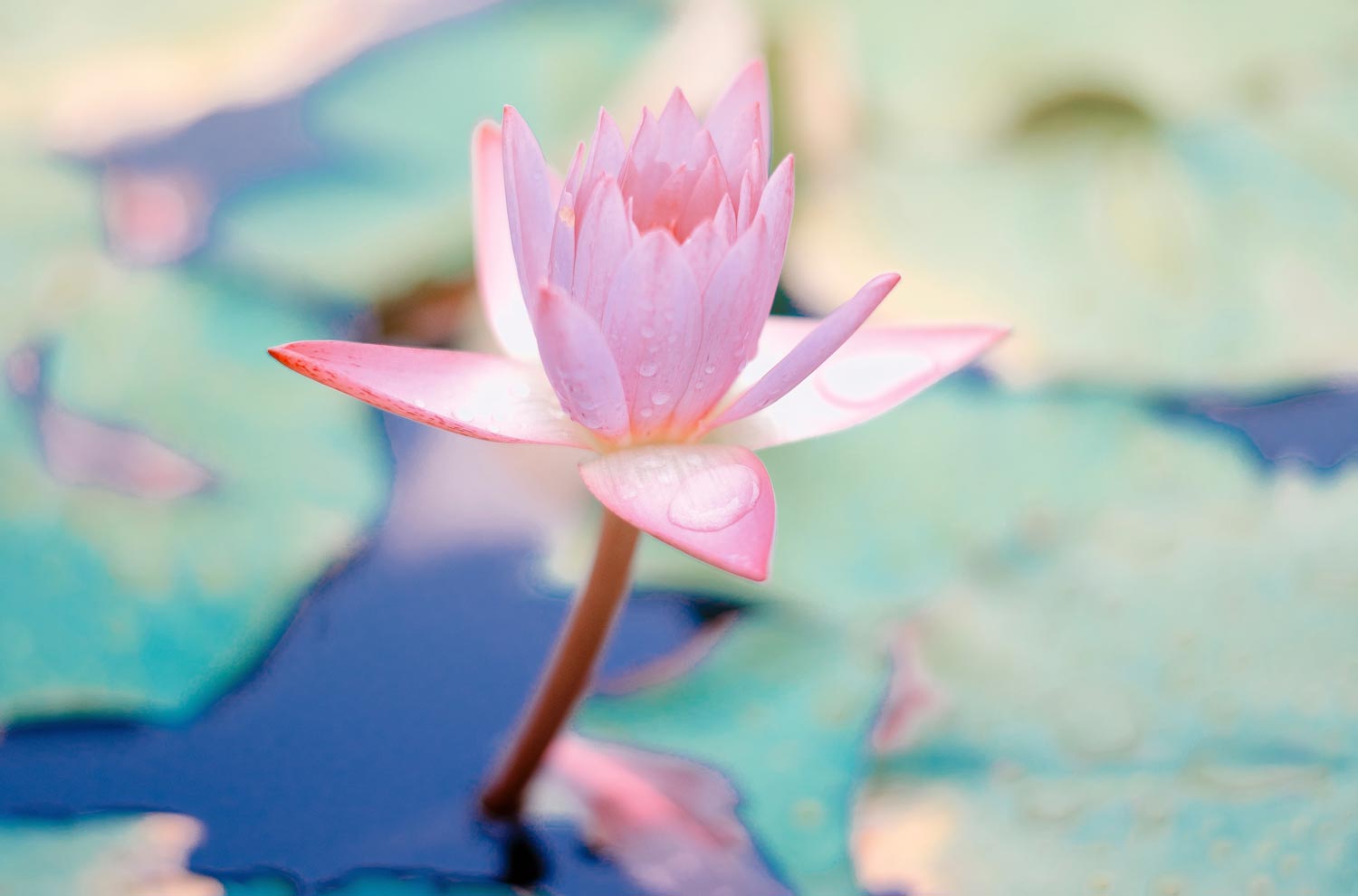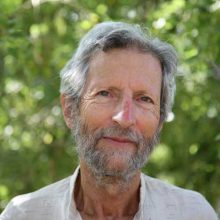Mindfulness in its original definition and understanding is a practice which is quite specific. It is basically shining the light on our genuine experience rather than running on automatic pilot. But in the growth of mindfulness in the West there has been a tendency to minimise it to just a technique that is used to gain specific results, or maximise it to make it somehow the entire Buddhist practice. How does it relate to dharma, namely the nature of things, the underlying truth, and the journey of discovery inherent in Buddhist practice?
Of course much of actual mindfulness practice is indeed dharma, and involves a lot more than just technique. On the other hand it is helpful to see the difference between the gate and the garden. For example in the Eightfold Path, Right Mindfulness would tend to be the gate, while Right View would tend to be the garden, namely the way we look at ourselves and the world with the eye of dharma.
The Satipatthana sutta the classic text on which the mindfulness practice is based, offers an interesting way to explore these issues. It describes the first three bases, or fields of mindfulness, as body, feelings, mind/heart. The fourth is mindfulness of dharma. Dharma is outlined as the entire Buddhist path, the Four Noble Truths, the Aggregates, the Hindrances, the Senses, the Factors of Awakening. Being mindful of these major teachings is not only to understand them philosophically or think about them, but to experience them in the present moment. We are invited to experience the Four Noble Truths in a moment of moving the body, for example, the experience the senses as raw unprocessed inputs, to explore The Factors of Awakening in our everyday life. This is beyond mindfulness as a practice. It is living the dharma.
Practice Tips on Mindfulness of Dharma (Fourth Foundation)
- When experiencing one of the hindrances in daily life, such as restlessness while walking in the street, zoom in on the bodily experiences, and our responses to them. This is mindfulness of the body/mind. Now be aware of it as dukkha arising and then passing in response to our conditioned reactivity to some triggers. Then see the space opening up when it is passed. This is mindfulness of the Four Noble Truths in the moment.
- Next time you meditate, when the bell rings, take a moment of quiet reflection: With what kind of energy do I get up from the sitting? What did I learn during this session?
- Pick one of the Factors of Awakening, such as joy or energy, and be intimate and interested in its changes throughout one day. How does it go up or down in response to circumstances? What kind of joy or energy stays with us deeply and constantly? What are its more subtle manifestations, for example in feelings or sensations?
Links to support your practice:
https://www.accesstoinsight.org/lib/authors/nyanasatta/wheel019.html
https://www.amazon.co.uk/Whats-Beyond-Mindfulness-Waking-Precious/dp/1786781980/ref=sr_1_1?ie=UTF8&qid=1540057277&sr=8-1&keywords=what%27s+Beyond+Mindfulness

